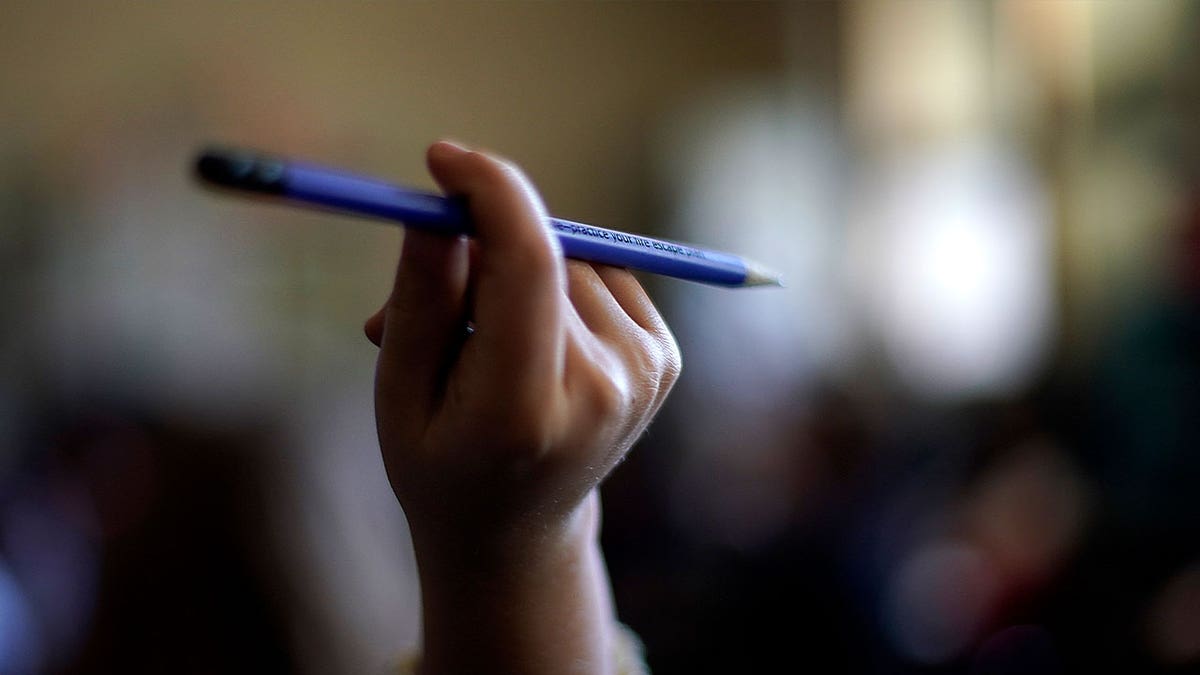In a quiet Kansas classroom, third-graders grapple with the story of ancient Rome's siege, their varying reading abilities a stark reminder of the pandemic's lingering impact. Some students breeze through paragraphs, while others struggle to sound out individual words. This disparity is the challenge facing Bekah Noel, a teacher at a small rural school in Columbus, Kansas.
While the school resumed in-person learning relatively quickly after the initial 2020 shutdown, the pandemic's disruptions left their mark. Illness, quarantines, and social distancing hampered teaching, particularly small group instruction, crucial for addressing individual learning needs. Three years later, Noel faces a classroom with a significant number of students reading below grade level.
Noel has deployed various strategies, pairing stronger readers with struggling classmates, providing individualized support, and adapting her teaching methods. The school district also adopted a new phonics-heavy reading curriculum, a strategic move aimed at helping students catch up. Early results are promising, especially for older students, but time is of the essence for the third graders, who are approaching the crucial point where reading becomes essential for learning across all subjects.
The pandemic's effects were widespread, even in rural areas like Columbus. COVID-19 cases surged, overwhelming local hospitals. Students and staff faced repeated bouts of illness and quarantine, further disrupting the learning process. Parker, one of Noel's students, began the year reading at a first-grade level, a source of frustration and embarrassment for him. His early kindergarten experience was marked by the challenges of virtual learning, requiring constant supervision to stay on task.
The shift to in-person learning brought its own set of obstacles. Mask mandates, social distancing, and the constant threat of infection made it difficult to implement effective teaching strategies. Small group instruction, a cornerstone of reading intervention, became nearly impossible. The fragmented learning environment meant that even simple lessons took twice as long as they normally would.
As the school year progressed, signs of improvement emerged. Emmett, another student in Noel's class, began to show a newfound enthusiasm for reading, a significant change from his earlier resistance. Parker, too, made strides, progressing from a first-grade reading level to nearly a third-grade level. He discovered a love for reading, spending evenings practicing with his mother and sharing a favorite book series with Emmett.
Despite these positive developments, the pandemic's impact continues to be felt. Noel's class reflects a nationwide trend: a widening gap between high-achieving and struggling students. While some students excel, requiring additional challenges to stay engaged, others continue to lag behind, demanding significant intervention. The school's efforts, while showing promise, highlight the long road to recovery from the educational setbacks caused by the pandemic.

A student raises her hand in a third-grade classroom at Highland Elementary School in Columbus, Kansas. (AP Photo/Charlie Riedel)
Comments(0)
Top Comments